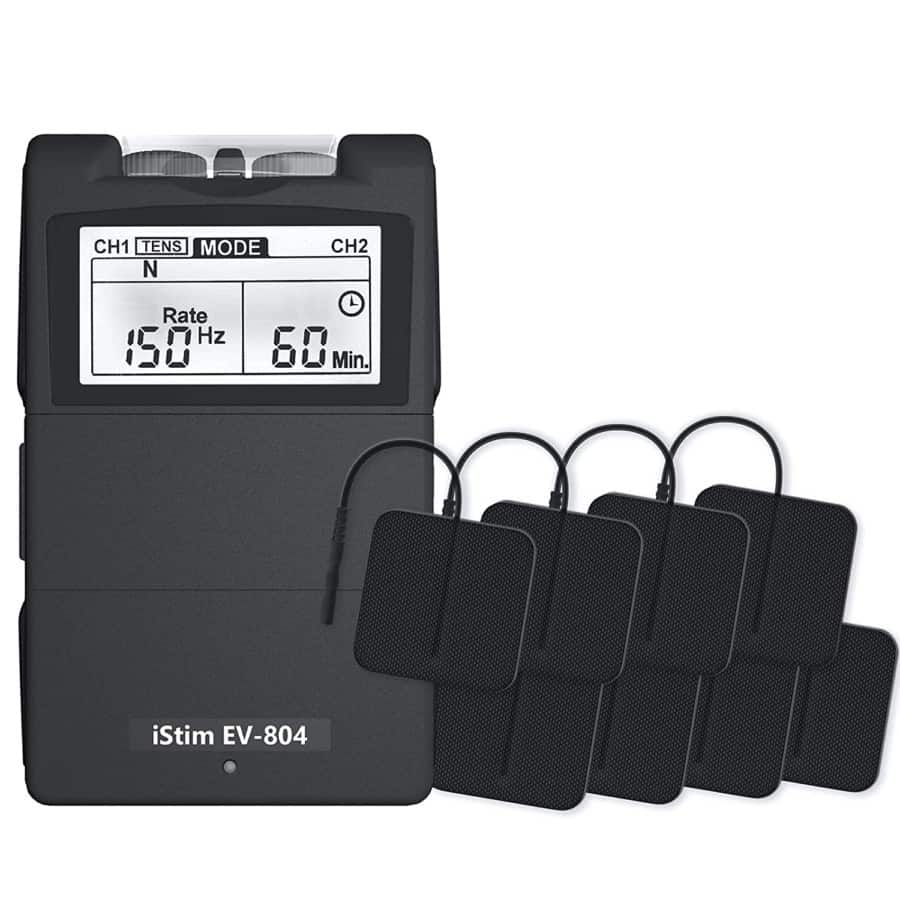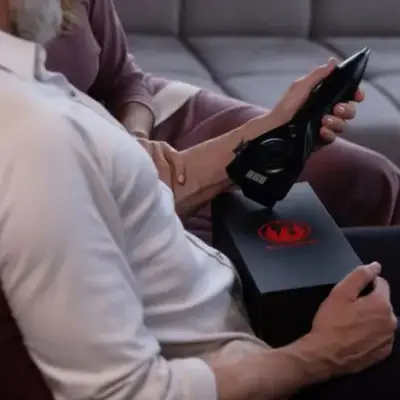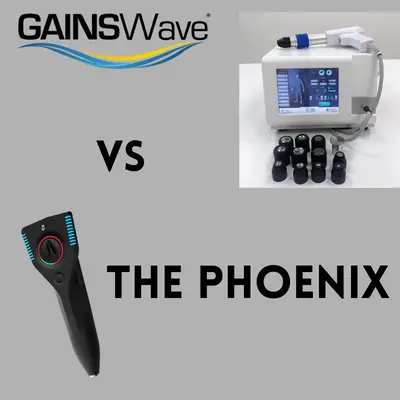Muscle tears can range from mild to severe, and can cause pain and limited movement. Treatment typically includes rest, ice, and ibuprofen. The benefit of a TENS unit for a muscle tear is that it can offer pain relief without having to resort to medications.
How Can Tens Units Help with a Muscle Tear?
The use of TENS Units has been shown to be very beneficial in the treatment of muscle tears. TENS Units work by applying an electrical current to the muscle, which causes it to contract. This contraction can help to restore the muscle’s function and promote healing.
TENS units are often used in combination with other treatments, such as ice and compression therapy, to help speed the healing process.
How to Use a TENS Unit for a Muscle Tear

A standard TENS unit is equipped with 2 channels (2 electrode wires per channel) You will want to surround the painful area by placing the electrode pads directly on the skin. Before placement wash the area to remove any dirt or oils on the skin. This will help with creating a seal with a electrode pad to the skin.
First make sure the TENS unit is off to avoid any unpleasant shock! Place the electrode pads firmly on the affected are. When starting the treatment always start off on the lowest intensity setting. Everyone reacts differently to TENS therapy and starting on the lowest setting will help you measure what intensity delivers pain relief.
TENS Placement Guide
If you are interested in how where to place a TENS Unit check out my comprehensive guide here. Below are some common TENS placements:
To learn how to setup a TENS unit click here.
What are the Symptoms of a Muscle Tear?
A muscle tear is a tear in the muscle. It can occur when you do something that’s too hard, or when you pull on a muscle too much. Muscle tears can happen anywhere in the muscle, but they’re most common in the middle of the muscle.
Symptoms of a muscle tear depend on where the tear is. If it’s near the surface of the skin, you might feel soreness and heat right away. If it’s deeper inside the muscle, you might not feel anything until later on. In either case, your doctor will check for signs of a torn muscle, like pain when you move your arm or leg, swelling, and redness.
How is it Diagnosed?
Muscle tears can be diagnosed through a physical examination and medical history. X-rays may be necessary to rule out other injuries. Treatment for muscle tears depends on the severity of the tear and the individual’s symptoms. For minor muscle tears, rest, ice, compression therapy (such as wearing a bandage), and ibuprofen may suffice. More serious muscle tears may require surgery to fix the tear. In some cases, a Tens unit may be helpful in relieving pain from a muscle tear.
Benefits of Using a TENS unit
A TENS unit is a small, portable device that can be used to help relieve pain. The benefits of using a TENS unit include:
- Reducing inflammation and swelling
- Reducing muscle spasms
- Improving blood flow
The TENS unit can help speed the healing process and reduce the need for surgery.
Does a TENS Unit Heal Muscles?
A TENS unit is a type of medical device that was originally created to help reduce pain. However, it has been found to also be helpful in healing muscles. When used on muscle tissue, the electrical current sent through the device can help to relax the muscle and promote healing. This is because it helps to reduce inflammation and swelling, which are key factors in the healing process.
Can a TENS unit cause muscle spasms? Click here to find out.
Conclusion
A muscle tear can be a serious condition. However, it can also be treated with TENS units. TENS units help to heal torn muscles and reduce the risk of further damage.





7 responses to “How a TENS Unit Can Help with a Muscle Tear”
[…] Muscle tenderness occurs when you have used the TENS unit for too long. You can also experience tenderness if you used a frequency that was too high. […]
[…] units simply don’t have the necessary amplitude to stimulate intense and thorough muscle contraction, aimed at either building muscle tone or inducing muscular […]
[…] used in the prevention of muscle atrophy due to inactivity or neuromuscular imbalance. The NMES unit is connected to specific muscle groups and sends repeated electrical impulses that cause the muscles to contract or tighten, […]
[…] use of a TENS unit can cause muscle spasms and not knowing where to correctly place them can contribute to spasms along with having it […]
[…] Question: What if my muscles begin to “twitch” while I am using the TENS unit? […]
[…] stimulation from the electrodes on the TENS unit can be used on a specific area of the body like the pelvic floor or hands or feet where muscle weakness is […]
[…] will not heal the plantar fasciitis completely but it will provide a method of safe pain relief and can help the affected tendons heal. TENS works by electrical current to nerve endings through your skin. It also increases blood flow […]